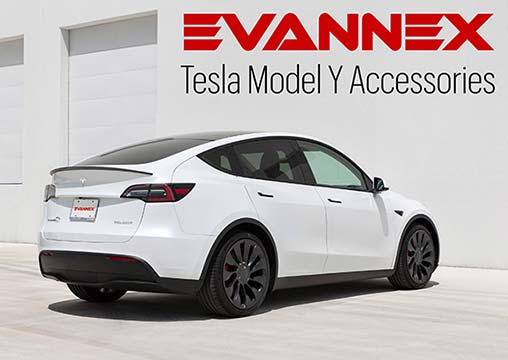Due to some improper charging habits, a Tesla vehicle’s battery can have calibration issues. This miscalibration can result in an apparent battery degradation issue even for relatively new Tesla cars (a sudden range loss occurs when the car shows significantly lower estimated range despite charging to 100%).
Some owners have experienced a sudden range degradation only after driving the car for a few thousand miles. One such issue happened with the Tesla Model 3 of YouTuber ‘It’s Kim Java’ back in 2018 when her car started showing 260 miles of range on a 100% state of charge (SoC) instead of 310 miles when it was new. Interestingly, she had just driven the car for around 11k miles only.
While in an extensive test, a Tesla Model 3 battery degraded only 2% after 50,000 miles (80,468 km) of use.
To avoid the situation that Kim went through with her Model 3, the Battery Management System (BMS) of a Tesla needs to go through a reset. Early Tesla Model 3 owner Ian Pavelko has compiled the following steps for a BMS reset.
- If you’ve been staying at home, doing mostly short-range trips, and keeping SoC in the middle zone to preserve your battery, it’s a good idea to do a BMS (Battery Management System) reset once in a while to ensure it’s accurate when you are on a long trip.
- Just drive until you’re down into the single-digit percentage range, let it sit for an hour while pinging periodically with the app or the door handle to keep it awake, charge it up to 100% and do the same thing, then be sure to drive it immediately.
- If your car has collected much dust as mine has recently and it’s been a long time (or never) since you’ve done this, when using up that last bit of battery on the discharge part, stay close to a charging outlet and pay close attention to how the power output decreases as you approach single-digit SOC. If it starts to get super lethargic, as it doesn’t want to climb past 50 mph (80 km/h), head to home or a nearby charger immediately at a very sedate pace, then continue the regime.
- Some Tesla owners have found that they need to do it twice in a row, but mine has always gone back to being spot-on after just one cycle.
Keeping the daily state-of-charge of your Tesla to around 90% also helps in avoiding this imbalance of battery calibration. Just remember to set the max charging limit to 90% by using the controls from the center touchscreen (see how-to video below).
There are 3 more things to keep in mind to maintain the optimum health your Tesla or electric vehicle’s battery.
- Don’t regularly charge the car to 100%
- Don’t let the state of charge drop to lower than 10% on a regular basis
- Protect the battery pack from high temperatures. This includes regularly using the Supercharger stations. Fast charging warms the batteries faster too.
Related: Tesla Model 3 cost of ownership after 2 years and 50,000+ miles
Stay tuned for more, follow us on: Google News | Flipboard | RSS (Feedly).


